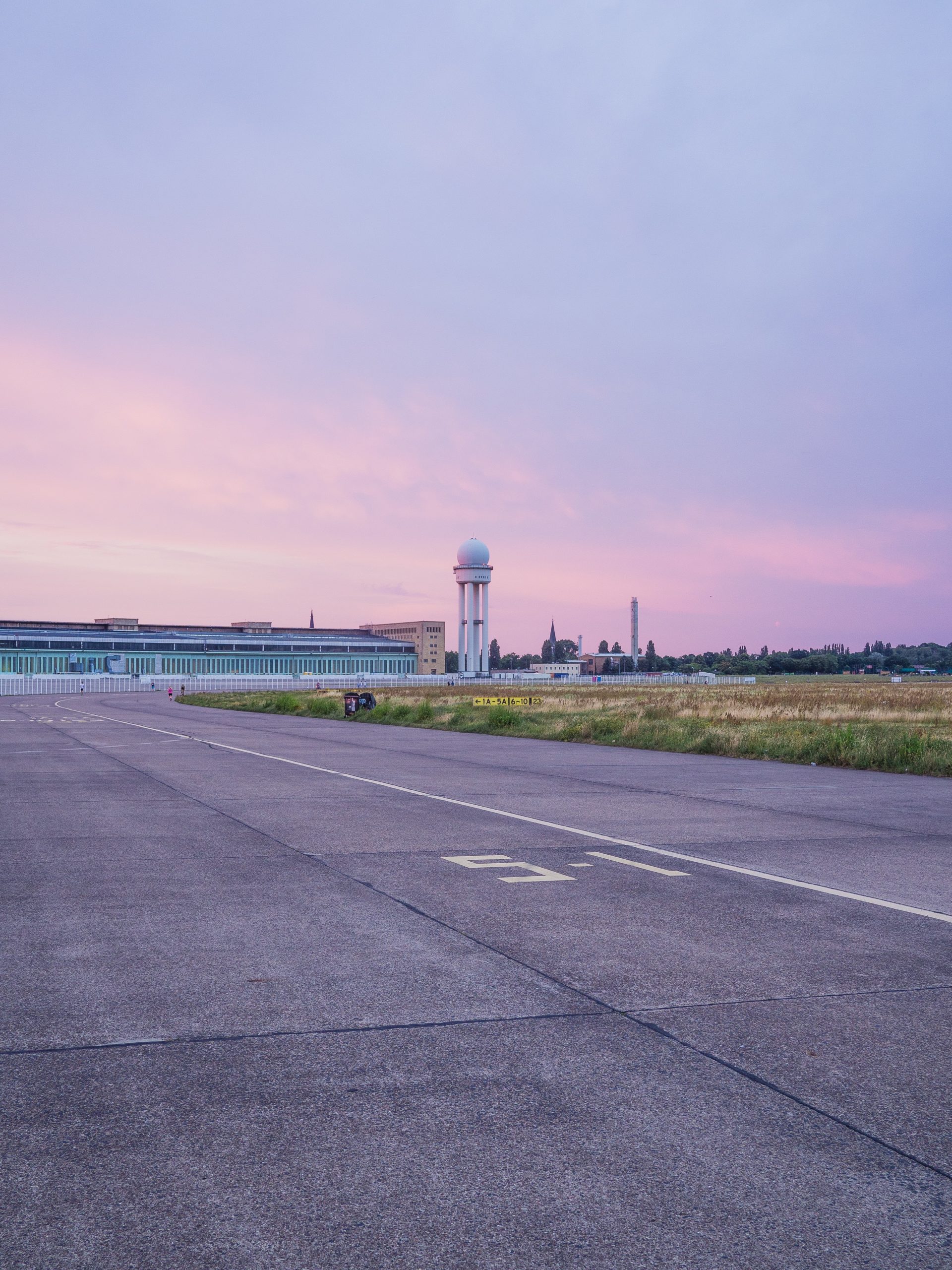[Written by Bianca Callegaro (she/her)]
[Photo by Jonas Tebbe on Unsplash]
The metropolis offers an apparent limitless array of opportunities for experience and travel. However, according to the French urban sociologist Chombart de Lauwe, the vastly diverse and cosmopolitan spaces of the city are not inhabited as a whole space. Where we actually ‘live’, the real spaces that we experience and occupy in our daily lives, are often remarkably specific and confined. They are architecturally and spatially ordered in a way that reflects a higher order which is imposed upon us. Urban spaces are not mere physical entities to be walked through by humans. These everyday spaces are planned, built, and arranged in ways that profoundly influence their purpose, their social perception, and the individual’s experience of them. Rather than being a neutral, blank canvas acting as a backdrop for our lives, our living spaces are deeply social, shaped, and arranged to have a day-to-day direct impact.
Public places thus dictate the acceptability of certain behaviours over others, becoming sites of struggle, of order over disorder, discipline over disobedience. Parks illustrate this institutionalised control of public space: originally residual parts of the countryside, these spaces were incorporated into the city particularly from the Victorian age. They were rearranged and reordered for official use whose aim was the prevention of morally unacceptable behaviours. Consequently, they were transformed from free lands into a site of surveillance, a form of social training that disciplines the citizens’ bodies and activities. Nonetheless, these places are not immune to forms of resistance against this imposition of passive acceptance, and the limits placed on how we experience and move through them. People have been taking back urban environments in new ways, adapting the city to individuals and communities rather than the other way around.
Tempelhofer Feld in Berlin whose troubled, diverse history mirrors the resistance to assigned notions of place, is interesting in this regard. Used in the early 19th century for military flight drills, Tempelhofer Feld formed the backdrop for the competition for the longest dirigible flight in 1905. Moreover, Count Ferdinand von Zeppelin presented one of his Luft-Züge prototypes there in 1909. During the Nazi regime, it was turned into the airport of the supposed capital of the world: the grand project of the building that would resemble a flying eagle when seen from above. It aligned with the Ruinenwert theory, according to which, in a few centuries, the majestic ruins of the building would render a worthy impression of the Reich.
However, the real myth of Tempelhof was born after the war, when the Soviet embargo transformed the airport into a vital source of supplies for West Berlin, and for the candy deliveries of the so-called Rosinenbomber. Tempelhof was the main airport for the city of Berlin until 2008, when it was closed forever. Two years later, the abandoned airport field was radically converted into a park, but not just any park. Tempelhofer Feld, initially called ‘Tempelhofer Freiheit’ (Freedom) is the world’s biggest urban void. 4 square kilometres of pure potential. This huge expanse of flatland is unlike traditional parks: there are no trees, streams, food stands, nor ordered walkways laid out to illustrate the ideal itinerary. The only traces signalling an approximate pathway, although not scaled to human measure, are the enormous airplane runways cutting through the grass. Upon entering Tempelhofer Feld for the first time, the mind and body feel almost oppressed by the daunting presence of this vast no man’s land. Its complete anarchy and illogicality are striking to the eyes, its spatial presence is too immense to be categorised, ordered and given a specific function. And in this limitless void, it is the people who take back a historically central space that’s hostile to human presence and turn it into an ode to freedom, a place to reconfigure man’s role in the city, to reconsider human proportions in comparison to nature, open-air, whilst still relating it to the city.
The question of what to do with such a huge ‘useless’ space seems almost paradoxical for a city like Berlin. Considering the real estate crisis, with its expanding gentrification and booming population, it is rather absurd that the park has not been transformed into a new luxurious property complex – in a 2014 referendum, citizens voted against this. Tempelhofer Feld is still there, with its urban gardens, the old airport signage, kites swinging in the windy plain, as well as groups of roller-skaters, wind skaters and land surfers. More than any other landmark of Berlin, this place represents the very core principle of the city’s identity: freedom – to think, to live, to express. And in this stretch of land, diametrically opposite to the horror-vacui of urban architecture, the individual can finally reconstruct and redefine their identity, aspirations, and self-awareness in relation to the metropolis in an unrestrained, unlearned, and extempore form.

